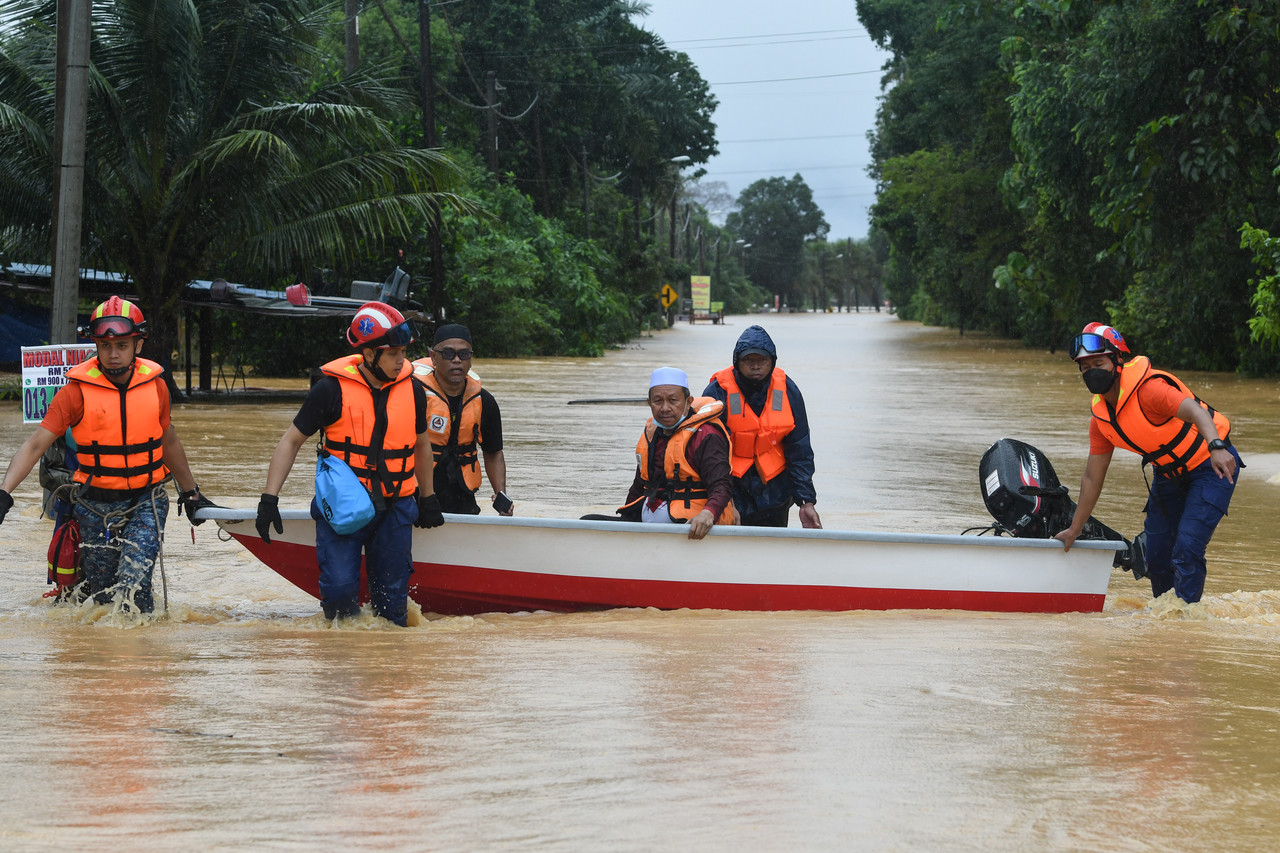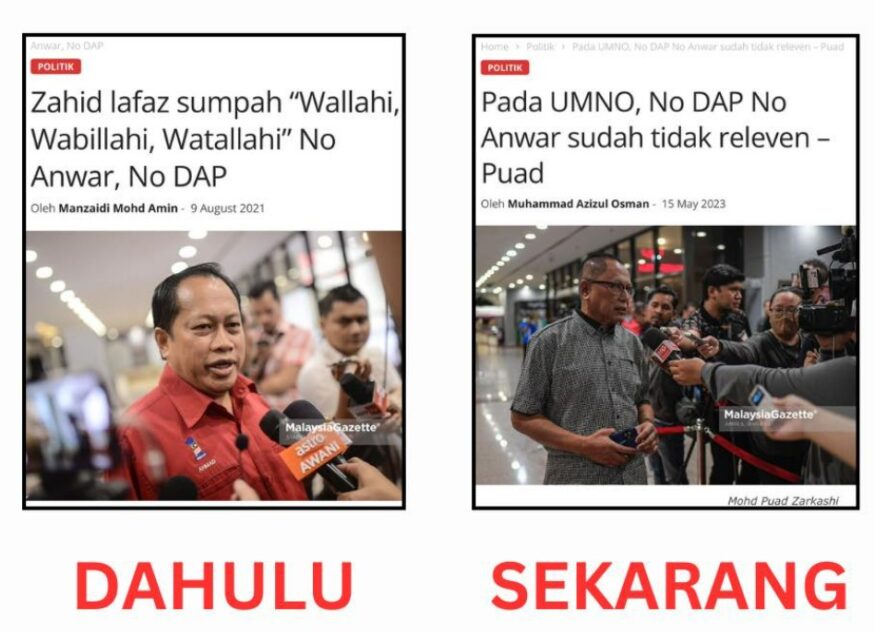RECENTLY former Tourism, Arts and Culture Minister Datuk Seri Nazri Abdul Aziz suggested that year-end floods could be an opportunity for volunteer tourism.
This led to a public outcry with both local and foreign media having a field day reporting comments on such a maverick idea.
Following this, Nazri again spoke to the media to justify his proposal, but much water has already flowed under the bridge.
As everyone is entitled to his or her opinion, I am also offering my two cents’ worth on the viability of promoting volunteer tourism by cashing in on our floods.
While the Malaysian Meteorological Department could issue weather forecasts for up to seven days in advance, the Department of Irrigation and Drainage is unable to predict when and where floods will occur, other than notifying that the SMART tunnel is closed to drain stormwater.
While heavy rain is common in all parts of our country, floods always start with surface runoff when rainwater flows on the surface instead of being absorbed by the soil that is saturated with water, or the ground covered by manmade structures such as buildings, pavements and roads.
The flow of water could be partially or totally blocked by debris, sands or stones. For example, deforestation from logging has resulted in massive flooding as rainwater were not absorbed by jungles and huge quantity of debris from trees, shrubs and wood waste were swept downstream.
In urban areas, flash floods occur when drains are blocked or constricted, or rivers have become shallow from heavy deposits of silt.
Flash floods in the city could be averted by clearing drains and dredging rivers to deepen them, and ex-mining pools could be used as flood retention ponds.
But after a series of flash floods, Federal Territories Minister Datuk Seri Dr Shahidan Kassim has introduced a much simpler measure to control flooding in Kuala Lumpur.
He announced that his ministry had prepared sandbags and water pumps to be used in the event of heavy rains.
If this method is effective, then the authorities ought to be blamed for not implementing it earlier as businesses and motorists have suffered much from frequent floods.
Or will this idea turn out to be just as hare-brained as inviting foreign tourists to spend time and money in flooded areas?
He said, “We have identified 31 flash flood hotspots in Kuala Lumpur, and InsyaAllah, we have placed sandbags and water pumps at these hotspots”.
He added that City Hall had erected tents at 23 flood-prone locations where staff would be stationed to look out for flash floods.
So, does this mean we should promote flood tourism in both rural and urban areas?
The floods affected eight states and left at least 54 dead and two missing. The worst affected were Hulu Langat and Shah Alam, especially Taman Sri Muda.
In any event, floods can be unpredictable. If so, how do you market an occurrence that may not happen? Tour operators ought to be wary of the Trade Description Act 2011 that they could be fined up to RM100,000 or jailed three years for making a false statement or advertisement.
In the 1990s, some hoteliers were ingenious by offering refunds for rooms on days when it rained, to dispel the notion that it would rain every day on the east coast of peninsular Malaysia during year-ends. They were confident as rain was no longer a certainty due to climate change.
Those who bandy about tourism may not have grasped it well. According to the World Tourism Organisation (UNWTO), it is a social, cultural and economic phenomenon which entails the movement of people to countries or places outside their usual environment for personal, business or professional purposes.
The annual number of foreign tourist arrivals to Malaysia is based on headcounts of all non-Malaysians that entered our country and stayed at least one night.
These include all those that came for various reasons such as holiday, business, work, study or visiting friends and relatives.
The best way to measure tourism is in terms of expenditure. In 2019, the combined tourism expenditures from domestic, inbound and outbound totalled RM240.2 bil, but the share for travel and tour operators was only around 1.6% of the total, or just RM3.8 bil.
As for voluntourism, it is doing volunteer work for the community or environment where a tourist is on holiday.
While intentions of these volunteers may be noble, the results they leave behind could be mixed, as there are both pros and cons in voluntourism and many charity work.
Cashing in on regular floods to promote voluntourism would be daunting as no one could foretell exactly when and where floods would occur, and local authorities are unable to cope with rescue operations. Moreover, it takes a long while before foreign tourists could reach them.
In major disasters such as strong earthquake, tsunami or severe flood, the authorities could seek international help and some foreign governments would send professional search and rescue teams. Tourists without training and entering disaster zones are more of a hindrance than help.
Floods are not unique to Malaysia. Any global citizen who wishes to help could start with their own country instead of spending much time travelling to Malaysia.
When locals have difficulty leaving or reaching flooded areas, how could foreign volunteers make their way there to help?
Proposing the concept of assisting flood victims through voluntourism does not hold water. The idea is farfetched and probably started with a figment of imagination. Recommending tourism players to seize such opportunities would be like water off a duck’s back. – June 27, 2022
YS Chan is Asean Tourism Master Trainer for travel agencies, master trainer for Mesra Malaysia and Travel & Tours Enhancement Course. He is also a tourism and transport industry consultant and writer.
The views expressed are solely of the author and do not necessarily reflect those of Focus Malaysia.










